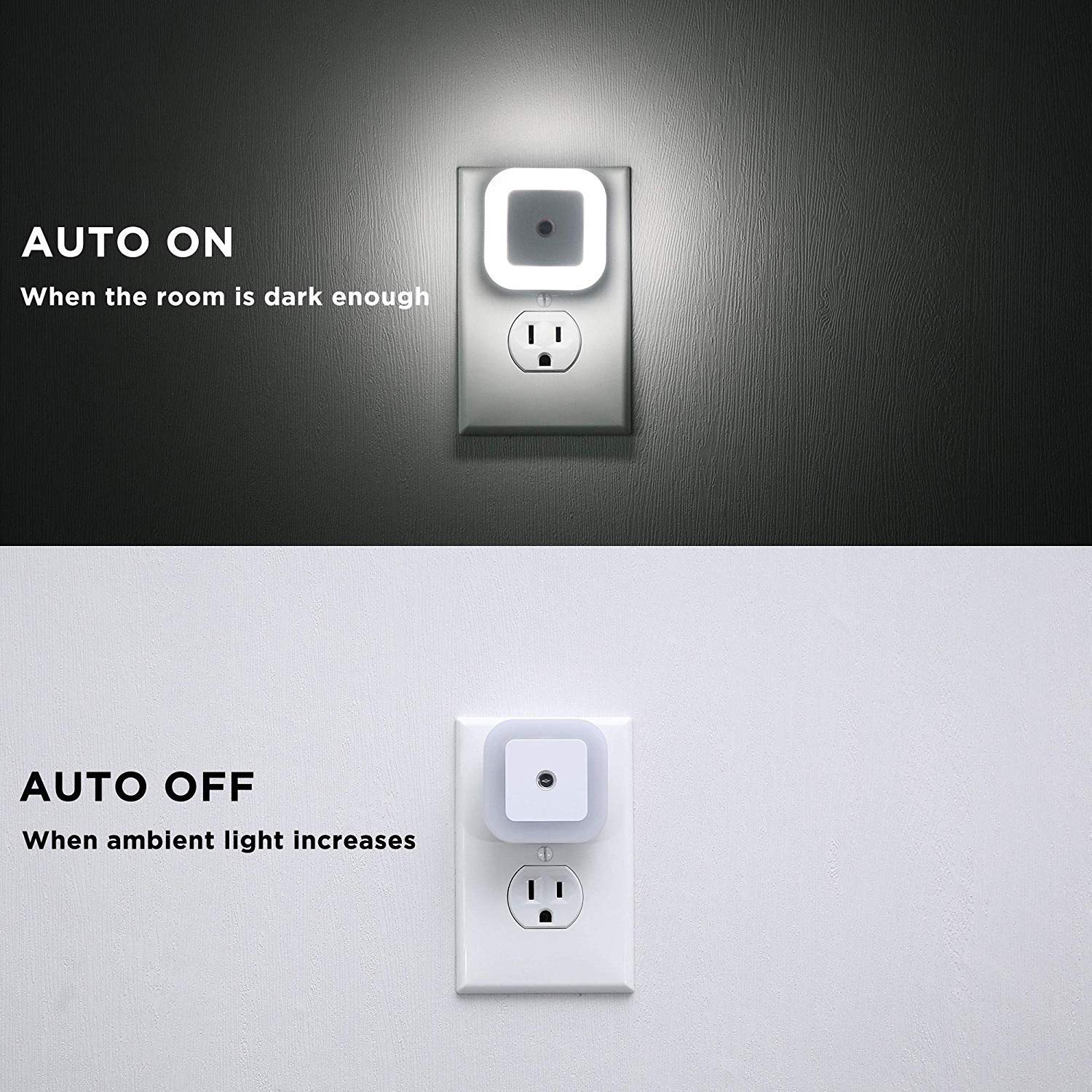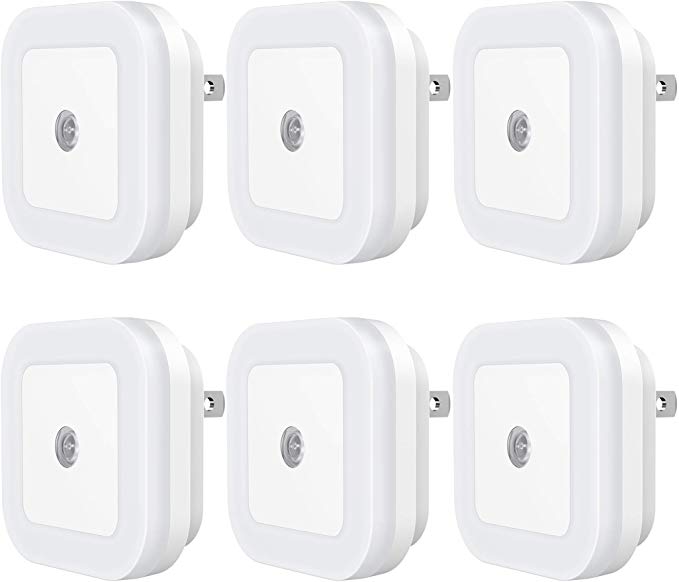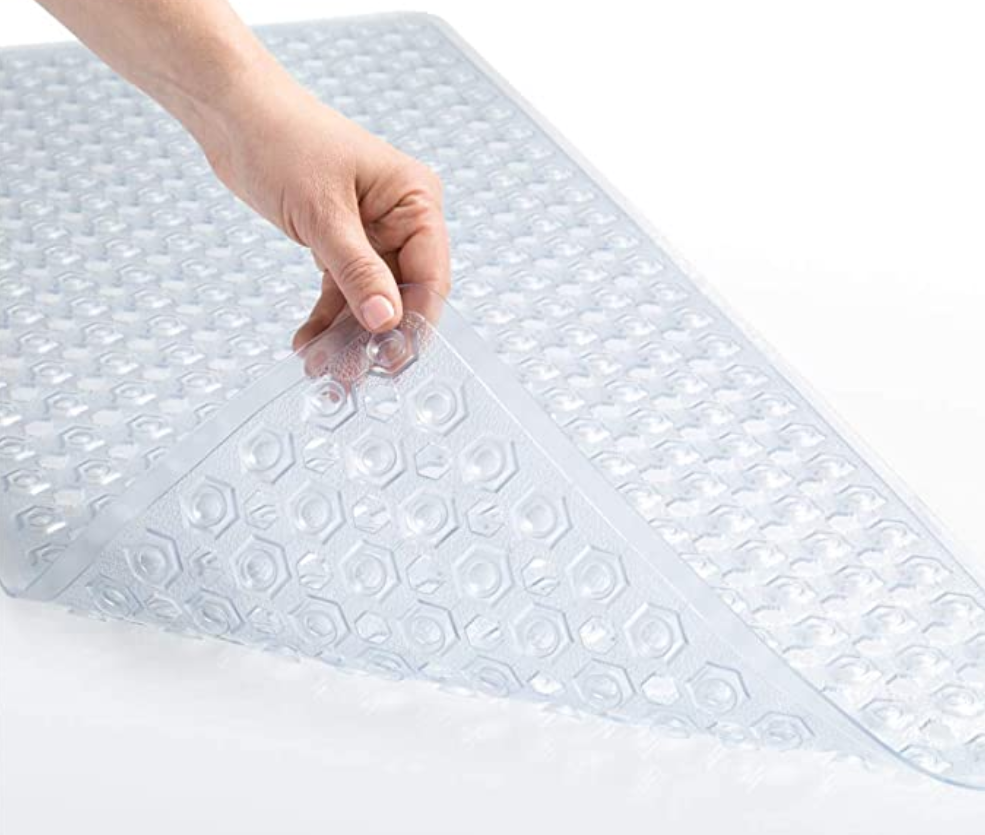At Healthcare Straight Up one of our specialties is home modification. We have advised and counseled many clients on simple and large changes to their homes. Often times having a professional take a look can be a quick way to make appropriate and safe changes to the home. But simple home modifications can also be done yourself.
According to the Center for Disease Control and Prevention (CDC), 1 in 4 Americans 65 and older will fall each year. It is important to recognize that falling is not in the typical progression of aging. There ARE things that can be done to reduce your risk for falling.
There are many ways to reduce your fall risk. We have compiled a list of 5 simple home modifications that can be made to reduce your risk for falls dramatically. Keeping in mind that the NUMBER 1 way to reduce your risk for falls is to incorporate regular exercise into your daily routine. For more tips on how to incorporate exercise for fall prevention, check out our guide on fall prevention.
Click this link to download our Fall Prevention Guide for Older Adults
Top 5 Home Modifications to Reduce Falls
1. Reduce Clutter
This one is FREE!! Seriously, reduce your clutter, your junk, your piles of clothes and things that don’t have a place. Remove throw rugs or items on the ground that could become a hazard. Remove clutter in tight spaces such as hallways. Anything in the home that could be a hazard or a risk for you to get caught up on—MOVE IT! If you are already having difficulty with mobility then there is no reason to have any extra items that might pose a risk to your safety.
We know that this can be a difficult concept. Trust us, it is difficult for everyone! We have all aquired many “things” that we may have become more attached to than we realize. The hard part is getting started. Typically once you start going through your itemsyou realize how much more space you have to work with. Or how much better you feel without all of the extra “junk” laying around.
Ultimately the goal is to prevent falling over unnecessary items. This doesn’t mean you need to throw out everything. Although, it wouldn’t hurt though to begin those kind of deeper conversations assosciated with posessions. As all of us age we aquire physical items. Some have monetary value, some senitmental value. Often times we have many of both. Reducing your clutter is a good time to begin to remove the items that hold no monetary or sentimental value to start.
2. Light It Up
We love the addition of night lights. They are simple, cheap and can prevent a fall in the dark. Night lights often come in a bundle pack of a few so that you can place them in many areas. This should reduce your risk for falls exponentially as many falls happen at night. Best places for nightlights: bathroom, bedroom, all hallways, and even the kitchen.
What about falls in the day time? As we age our balance is affected and so is our vision. Increasing the wattage of light bulbs can be a simple trick to reduce your risk for falls in the day time.
The reason this light is our favorite is for many reasons:
-
LED, which means it will cost you less that $0.20 per year to utilize these night lights
-
Automatically turns off during the day to conserve energy
-
Comes in a pack of 6 which means you can place them in all of the areas that you will need in your home
-
Takes up one outlet, leaving the other free for use
-
LED is significantly brighter than regular bulbs meaning you will definitely be able to see the area that you need to see
3. Move Frequently Used Items
Many times we keep things in our home the same way as they have always been. Often times without thinking about what might be simpler or safer. We might pick up plates every day but always from the top shelf. When they could just as easily go to the bottom shelf for easier access. We may also put the milk on the bottom of the refrigerator because that’s where it has always been placed. Rethinking the norm and focusing on safety and convenience is a simple way to reduce falls in the house.
This is also another excellent opportunity for de-cluttering. Not using it? Get rid of it! This will leave space for frequently used items to be placed at eye level.
This will also eliminate your need for the most dreaded fall risk of all THE STEP STOOL!
Organize frequently used items to lower shelves or the countertop for easier use. Eliminate the need for step stools or climbing onto countertops. Step stools are a major fall risk and should be avoided at all costs.
4. Reduce Your Risk In The Shower
Addressing the need for home modifications in the shower is one of the best investments you can make for your safety. Often times we know we are unsafe or feel nervous about the shower but can’t avoid it. A shower chair can reduce standing time which can lead to a fall during fatigue. This may even lead to more effective cleanliness as opposed to trying to get in and out as quick as possible. Think about it how often are you scrubbing the bottom of your feet while in standing? Your feet need to be clean to keep your risk for falls low as well. Esecially if you have diabetes. (For more information check out our article on diabetic foot care).
This shower chair from amazon is $50 and offers back support and arm rests. Sturdy but with a small footprint designed to fit into any size showers.
Another simple hack to reducing falls in the bathroom is the addition of a non skid bath mat. This reasonably priced is an essential for any balance impaired individual or anyone fearing a fall in the shower/tub. They are simple, cheap, can be easily cleaned or removed.
5. Grab Bars
Since the bathroom is one of the more common places for a fall, equip it as best as you can. If a grab bar is needed to help you get on and off of the toilet or in and out of the tub then have them professionally installed. They’re one of the more pricier options but lets be honest, having a fall would not only be a much pricier option it would also be AWFUL. If you need a grab bar, it’s money well spent.
Grab bars can be purchased for cheaper on amazon but will still require a professional for installation. You may also look into working with an occupational therapist for appropraite placement of the grab bar as they are experts in home modifications and fall prevention.






